Tag: black pepper
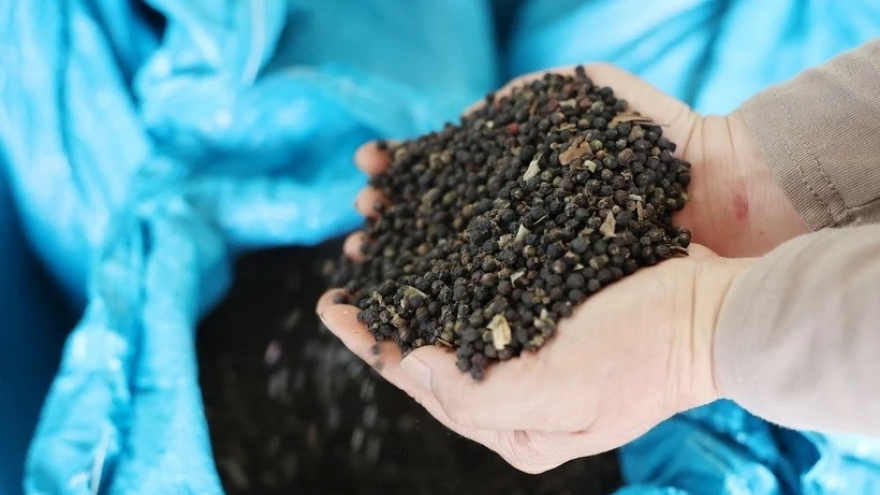
Pepper exports maintains over 25% growth
Vietnam’s pepper exports maintained strong growth momentum of over 25%, earning nearly US$1.4 billion in the first ten months of 2025.
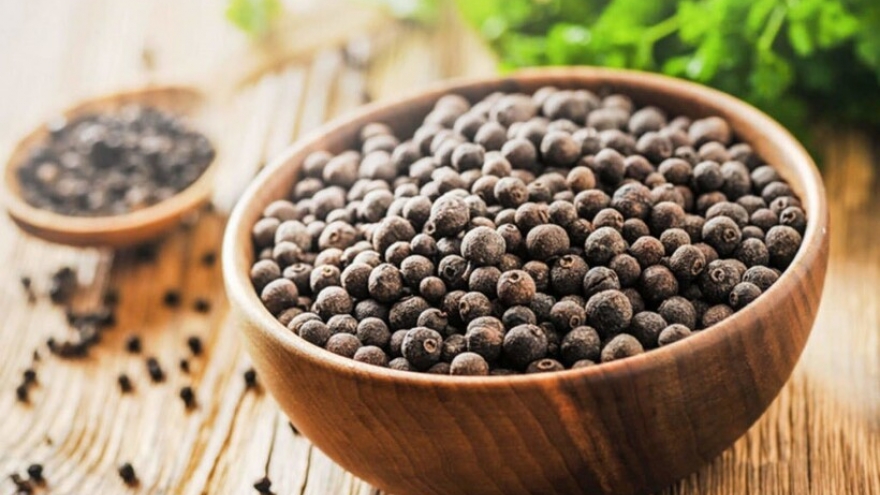
Vietnamese pepper export earnings surge 39% despite lower volume
VOV.VN - Vietnam exported 98,600 tonnes of pepper for US$684.4 million in the first five months of this year, down 13.6% in volume but up 39.2% in earnings year on year, according to the Ministry of Agriculture and Environment (MOAE).
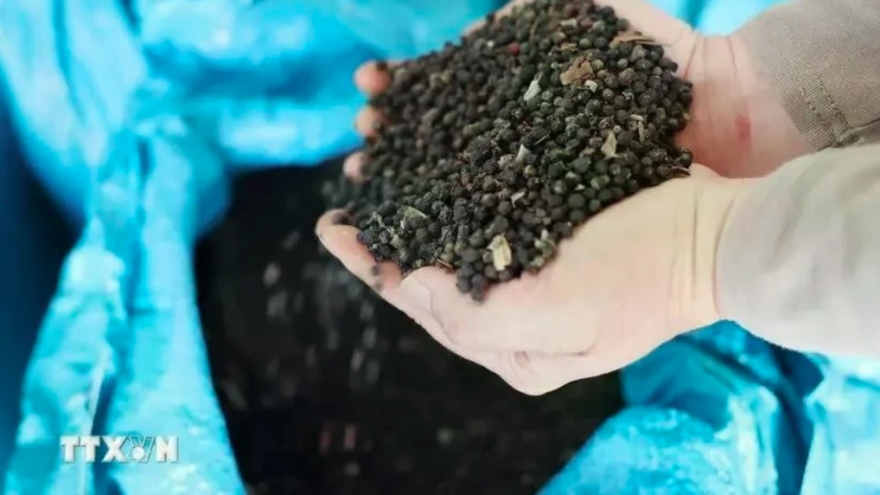
Vietnam’s pepper industry expects dynamic market in 2025
Vietnam’s pepper industry is set for an eventful year in 2025 as global production continues to decline while demand from key markets fluctuates, creating both challenges and opportunities for exporters.
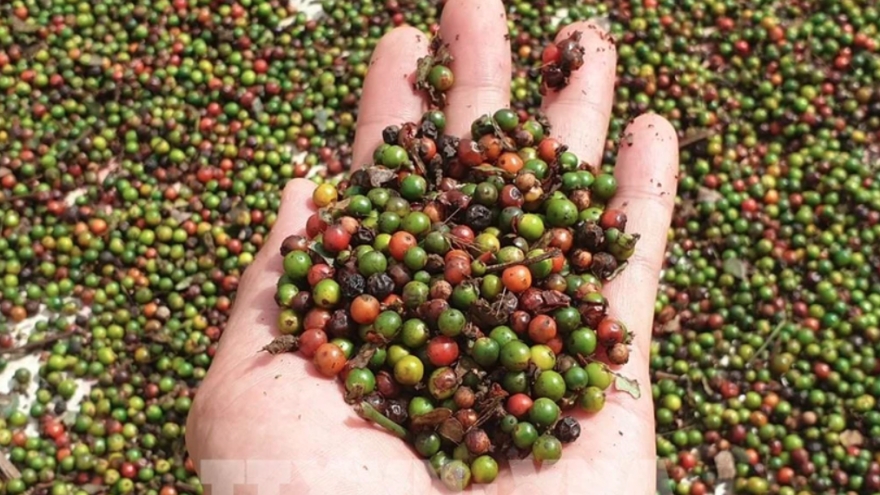
US emerges as biggest consumer of Vietnam’s pepper
Vietnam exported 235,335 tonnes of pepper, including 207,498 tonnes of black pepper and 27,837 tonnes of white pepper, in January - November to earn US$1.22 billion, with the US being the biggest importer, according to the Vietnam Pepper and Spice Association (VPSA).
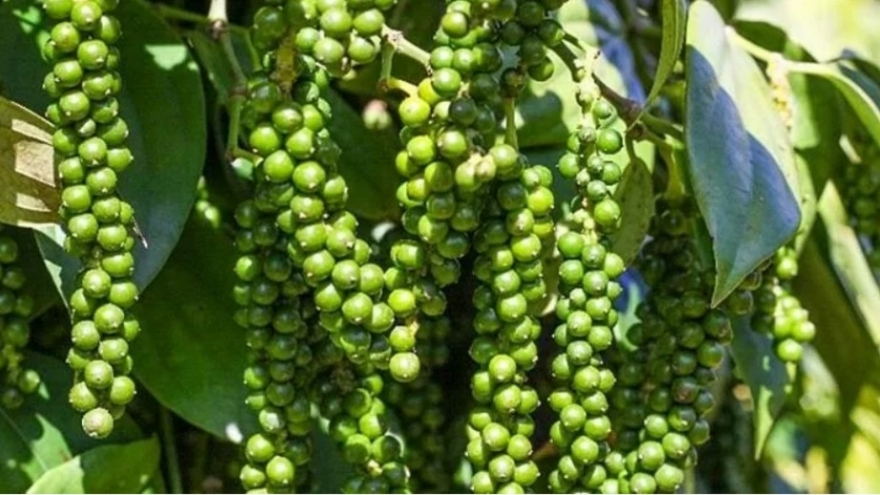
10-month pepper export turnover surges by 48% year on year
VOV.VN - Vietnam exported a total of 219,387 tonnes of pepper for US$1.1 billion over the past 10 months of the year, down 1.9% in volume but up 48% in value, the Vietnam Pepper and Spice Association (VPSA) has unveiled.

Pepper is on track to return to the group of billion-dollar export items
The Vietnam Pepper and Spice Association (VPSA) forecasts that Vietnam's pepper exports this year will reach over US$1 billion, returning pepper to the group of billion-dollar commodities.
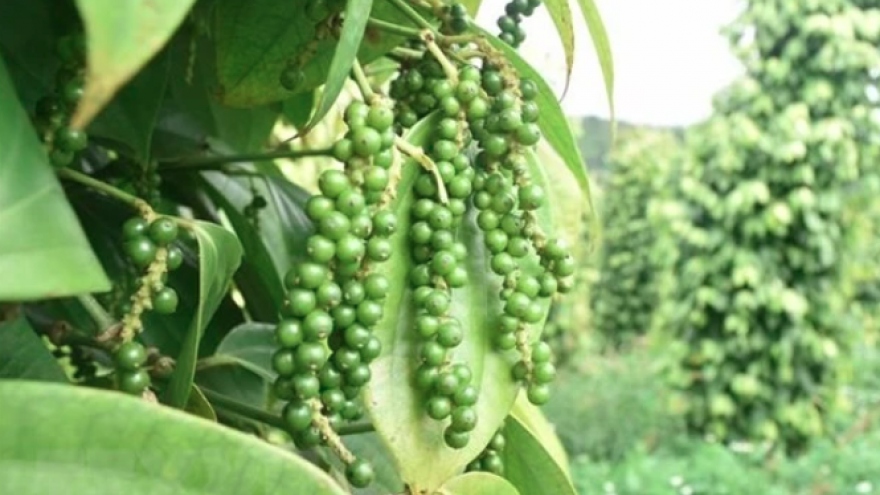
Vietnam's pepper export nears US$500 million
So far this year, Vietnam has shipped abroad 114,424 tonnes of pepper worth US$493.1 million, down 13.2 in volume but up 20.6% in value over the same period last year.

Four-month black pepper exports bring in US$353 million
VOV.VN - Vietnam raked in US$353 million from exporting 83,783 tonnes of black pepper in the initial four months of the year, marking an 11.5% increase in value year on year, according to the Ministry of Agriculture and Rural Development.

Pepper exports soar both in volume and value in January
VOV.VN - Vietnam exported 20,000 tonnes of pepper in January for US$79 million, increasing 60.2% in volume and 83.9% in value compared to the same period last year, according to the General Statistics Office.
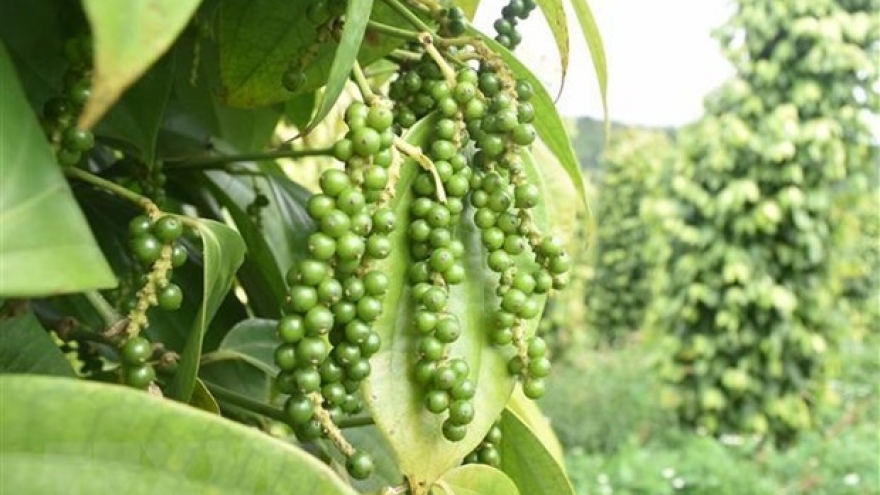
Pepper exports increase 30%
Vietnam exported nearly 131,777 tonnes of pepper worth US$408.9 million in the first five months of this year, up 30% in volume but down 12.7% in value over the same period last year, according to the Vietnam Pepper Association (VPA).
